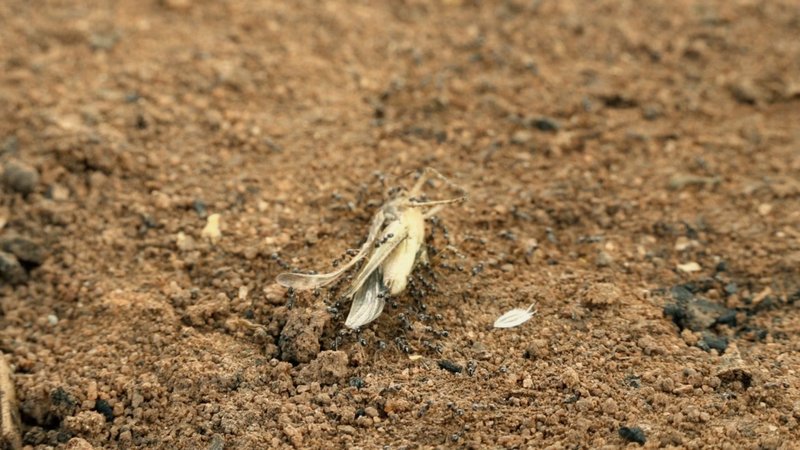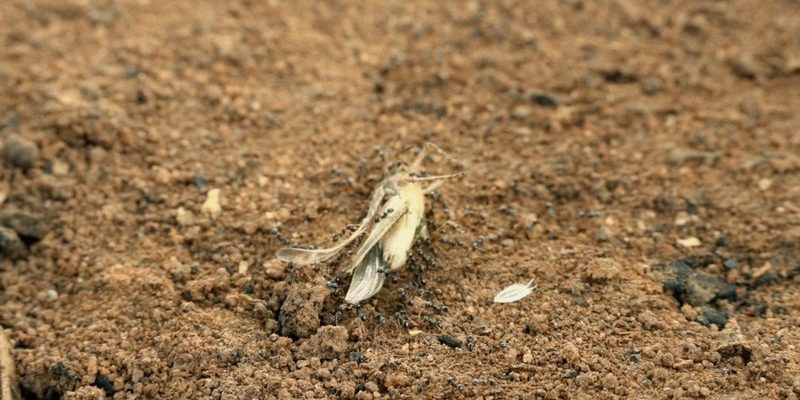
Imagine a delicate balance, like a beautifully woven tapestry. Each thread represents a different species or element in an ecosystem. When climate change pulls on one thread, the entire tapestry begins to unravel. So, how exactly does climate change tug at the grasshopper thread? Let’s hop into it and see how this impacts these fascinating insects.
How Climate Change Affects Grasshopper Habitats
Grasshoppers thrive in warmer environments, but too much heat can be a problem. As temperatures rise, their natural habitats—grasslands, fields, and forests—are changing. You might wonder, “What does that mean for grasshoppers?” Well, as these areas warm up, they can become inhospitable, leading to the loss of food sources and breeding grounds.
Additionally, increased rainfall in some regions can lead to flooding, which can drown grasshopper eggs and larvae. Think about it: If grasshoppers can’t find a safe space to hatch and grow, their populations may decline. This isn’t just a small issue; it’s a significant threat to their survival, and it alters the landscape for other species too.
The Impact of Temperature Fluctuations
Temperature isn’t just about the heat, though. Grasshoppers are sensitive to temperature changes, and these fluctuations can disrupt their life cycles. For example, warmer winters can lead to earlier hatching in spring. While this might sound beneficial, it often results in misalignment with their food sources, like young plants. If grasshoppers emerge too early, they might find that their favorite snacks aren’t ready yet. This scramble for food can affect everything from their growth to their ability to reproduce.
Changes in Food Availability
Grasshoppers depend on a variety of plants for sustenance. With climate change, we’re seeing shifts in plant populations and growing seasons, meaning that grasshoppers must adapt to find food. Some plants might thrive under new conditions, while others may struggle or disappear altogether.
You might be thinking, “So what if grasshoppers change their diets?” Well, here’s the thing: a shift in their eating habits can lead to changes in their populations. A lack of food may cause them to reproduce less, which in turn can impact animals higher up the food chain that rely on grasshoppers for sustenance, such as birds and small mammals. It’s like a game of dominoes; when one falls, the others are affected.
Increased Pest Pressure
Climate change doesn’t just impact grasshoppers directly; it also affects their pests and predators. Warmer temperatures can lead to an increase in other insects that are harmful to grasshoppers. For example, more humid conditions can foster the growth of fungi and bacteria, leading to diseases that can wipe out entire grasshopper populations.
At the same time, as other insect populations rise, grasshoppers might find themselves competing for resources even more. Imagine going to a buffet where there’s suddenly twice as many people; everyone’s struggling to get their share. That’s what happens when grasshoppers face increased competition from other insects thriving under changing climatic conditions.
Predation Risks
Additionally, *changes in predator dynamics* could put grasshoppers at risk. As the climate warms, other predators like birds and reptiles might become more abundant. More predators mean more danger for grasshoppers trying to survive. This could lead to a dramatic decrease in grasshopper numbers, further disrupting the food chain.
The Role of Grasshoppers in Ecosystems
Now, you might be asking, “Why does this matter?” Grasshoppers may be small, but they play a vital role in their ecosystems. They aid in plant growth by consuming foliage and, in turn, help recycle nutrients back into the soil through their waste.
If grasshopper populations decline, we may see less plant diversity, causing an imbalance in the ecosystem. Fewer plants mean less food for herbivores and, eventually, less food for larger predators. This loss can lead to a chain reaction that affects not just one ecosystem but entire landscapes.
Adaptation and Resistance
So, what’s the good news? Grasshoppers are surprisingly resilient! Some species are already adapting to changing conditions. They might develop different behaviors or reproductive strategies to cope with the new environment. For example, some grasshopper species can change their diet or alter their breeding times in response to environmental cues.
This adaptability means that while some grasshoppers may struggle, others could thrive in their changing environments. This resilience is crucial for maintaining balance in their ecosystems, proving that nature often has a way of bouncing back, even in tough times.
Climate change is reshaping the world in ways we’re just starting to understand. The impact on grasshoppers serves as a reminder of how interconnected our ecosystems are. Though they may seem like just another insect, their role is critical in maintaining the delicate balance of nature.
As we continue to address climate change, it’s important to remember the small creatures that play big roles. Understanding how climate change affects grasshoppers helps us see the bigger picture and recognize the need for mindful environmental stewardship. After all, every thread in our tapestry counts, and keeping it intact ensures a thriving planet for generations to come.

